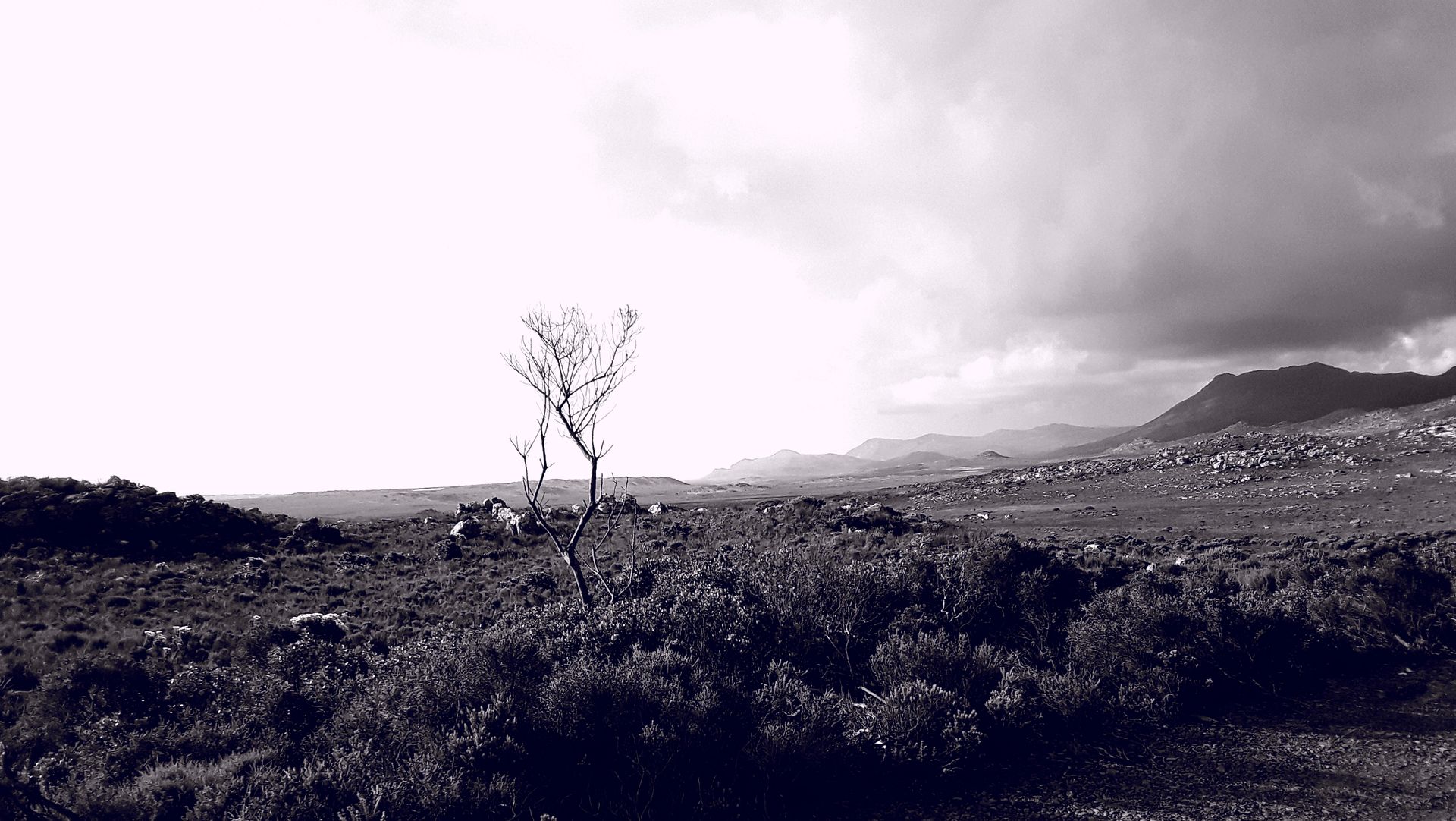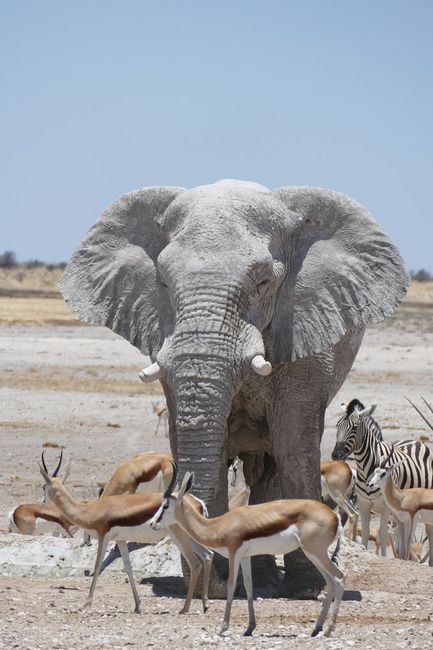And now Peru!
منتشر شده: 22.04.2018
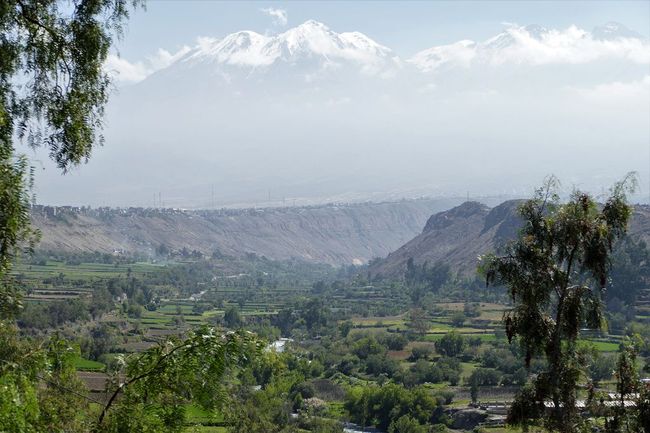
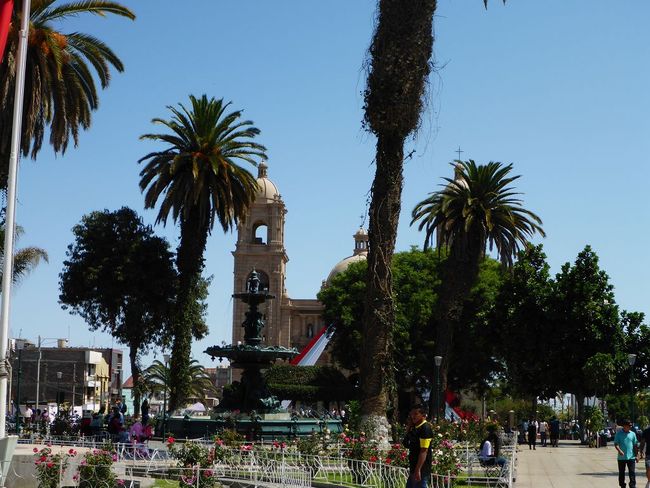
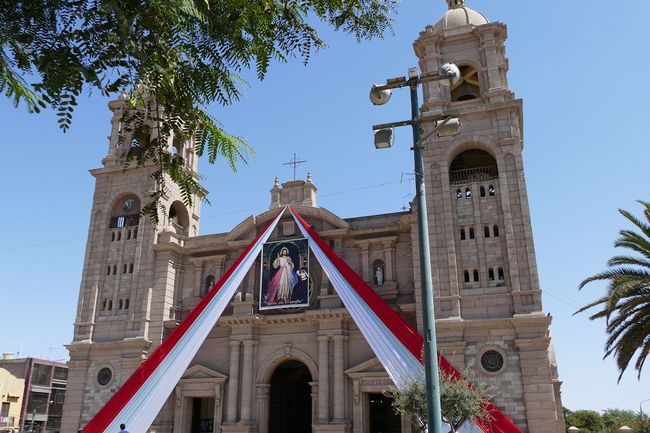
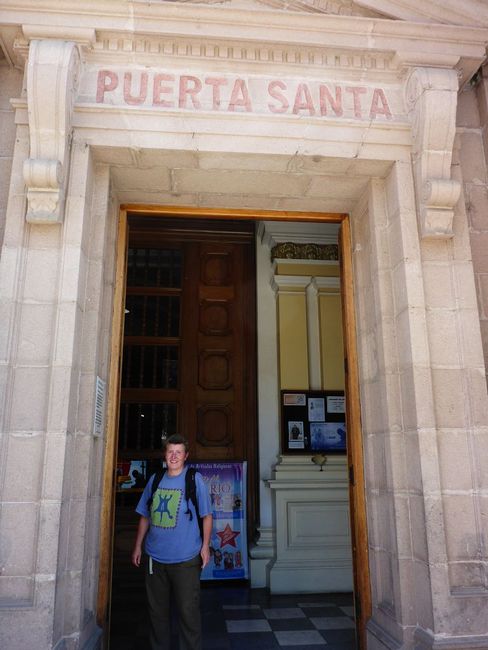
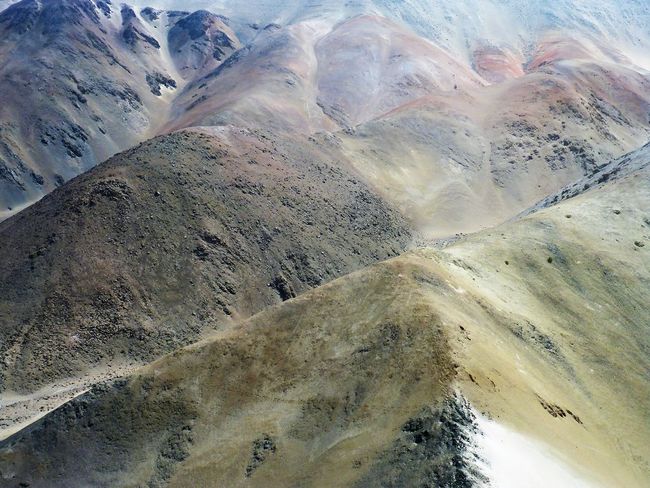
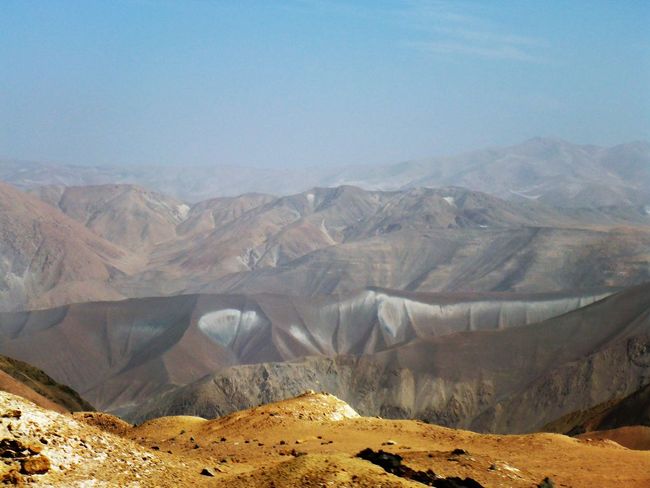
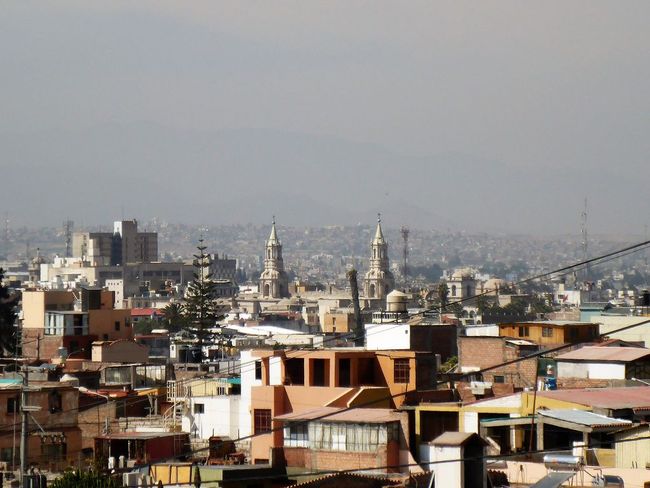
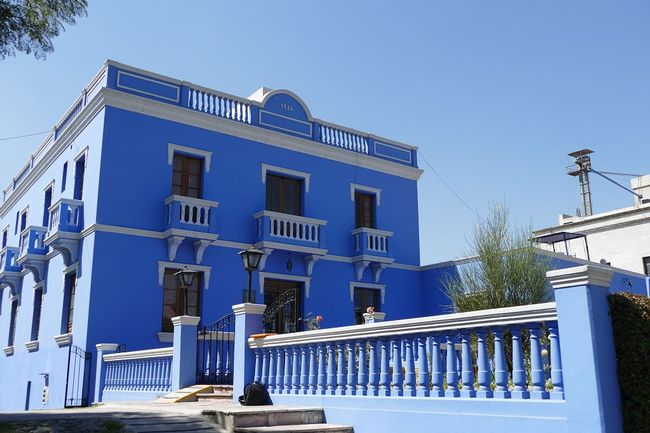
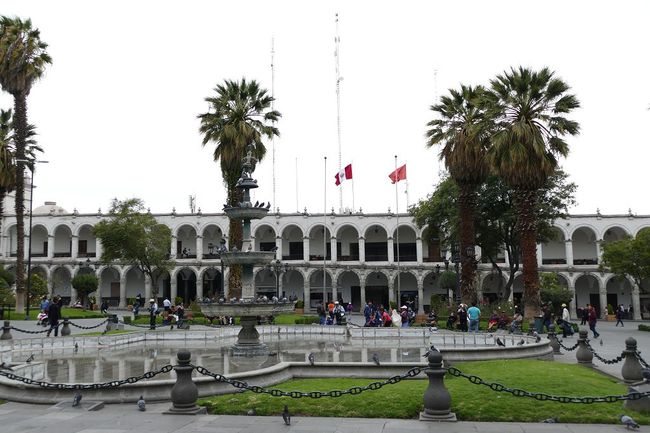
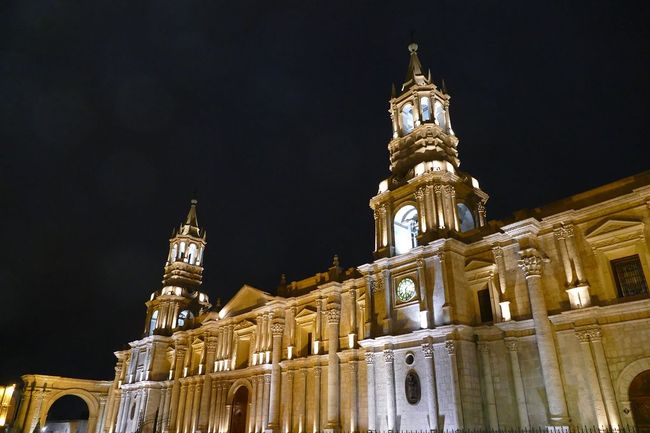
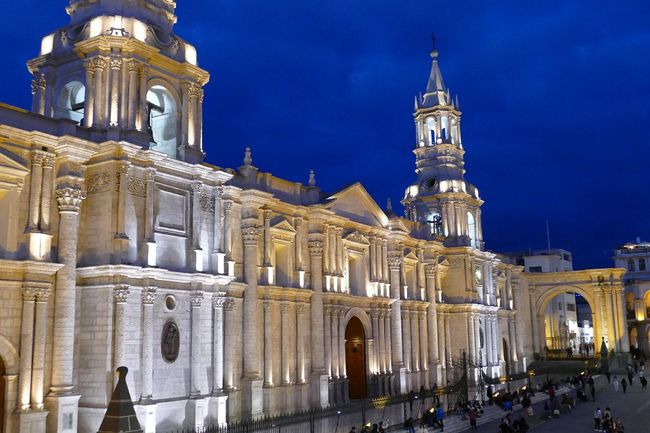
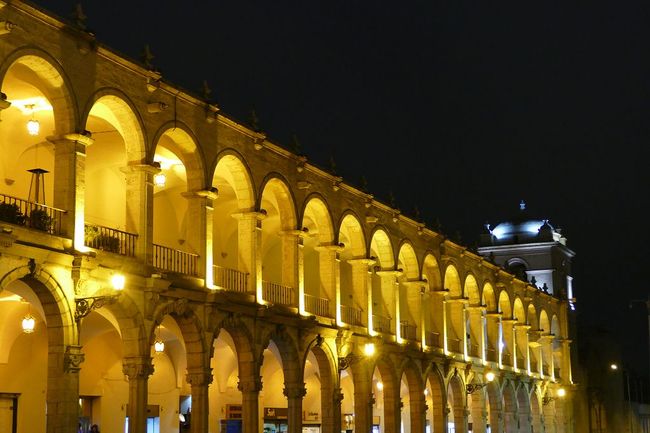
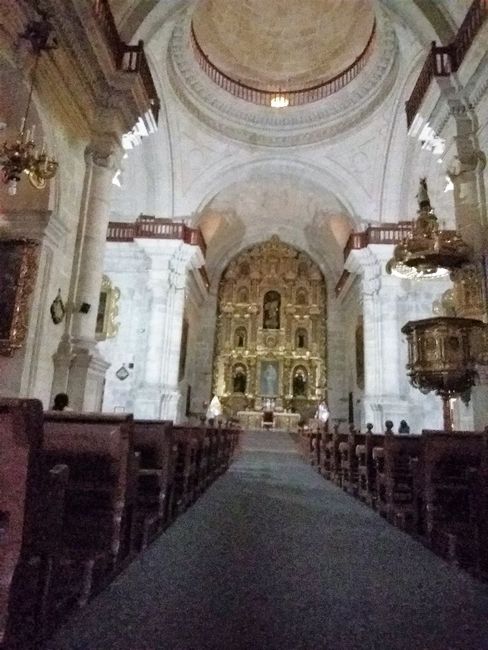
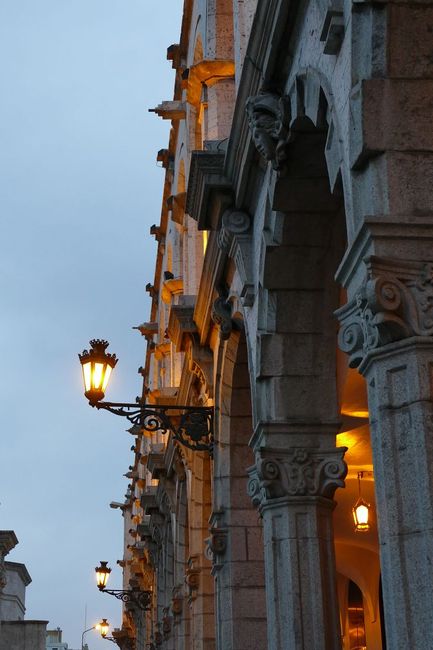
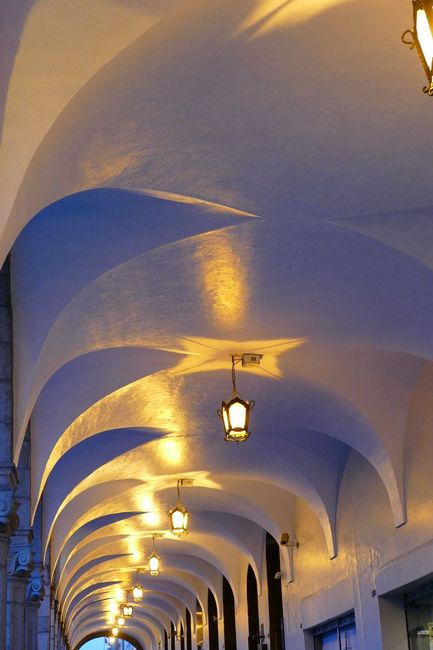
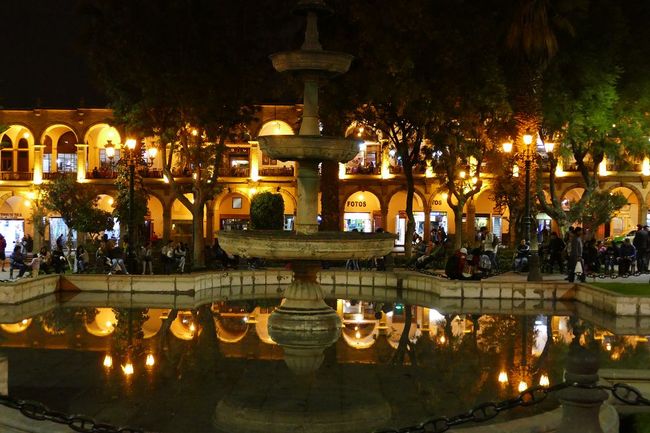
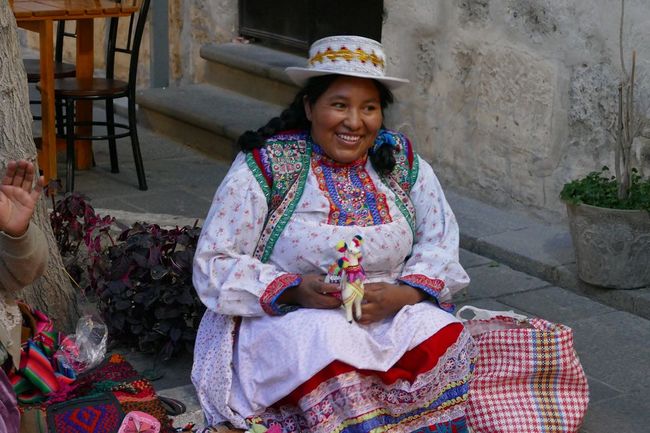
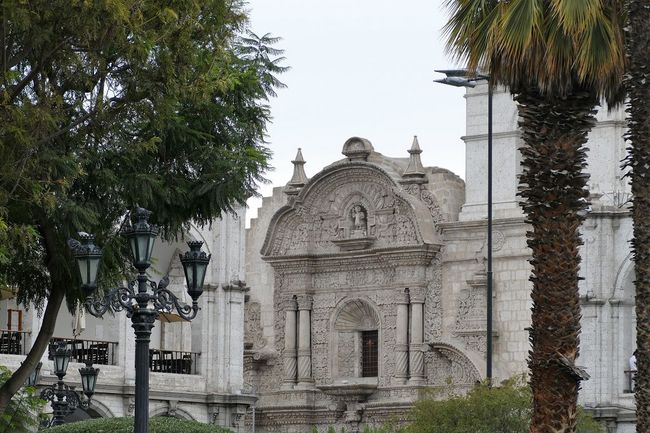
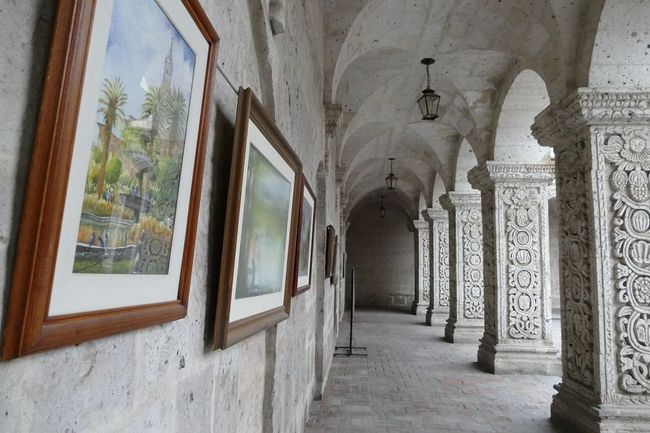
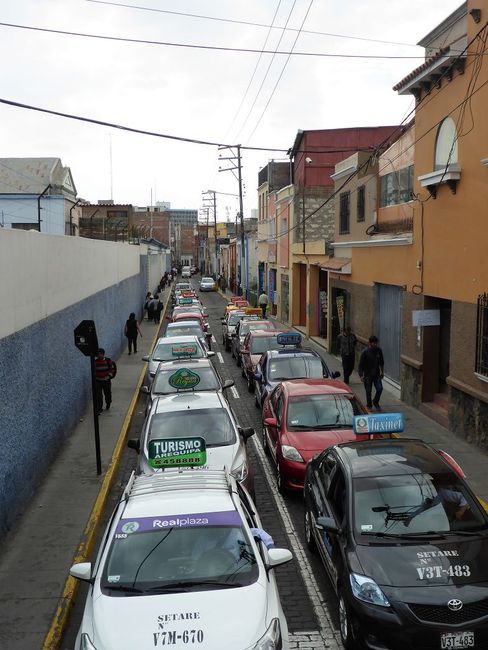
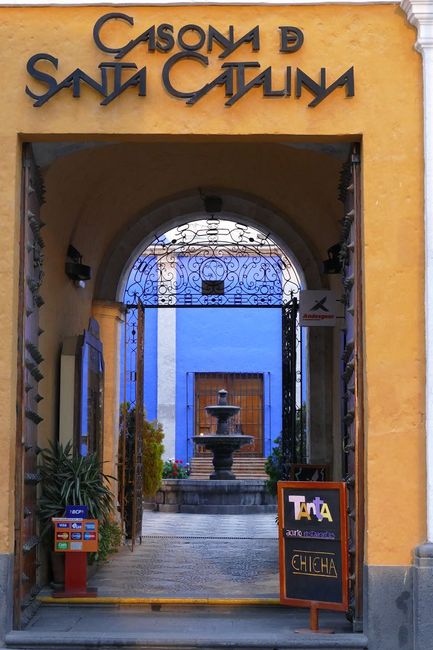
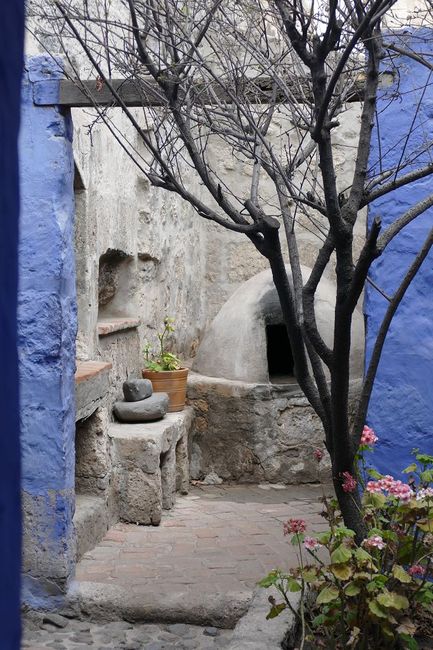
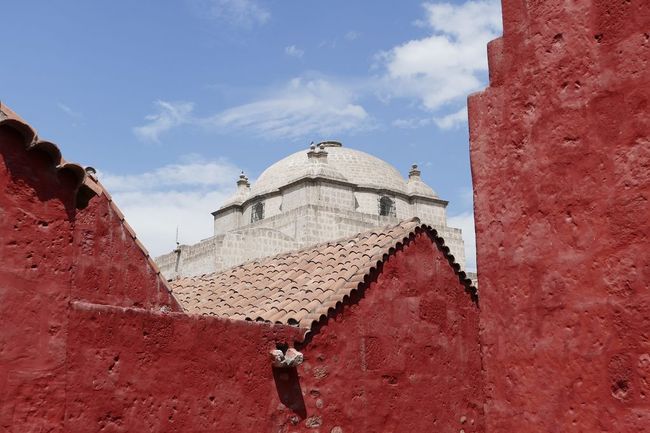
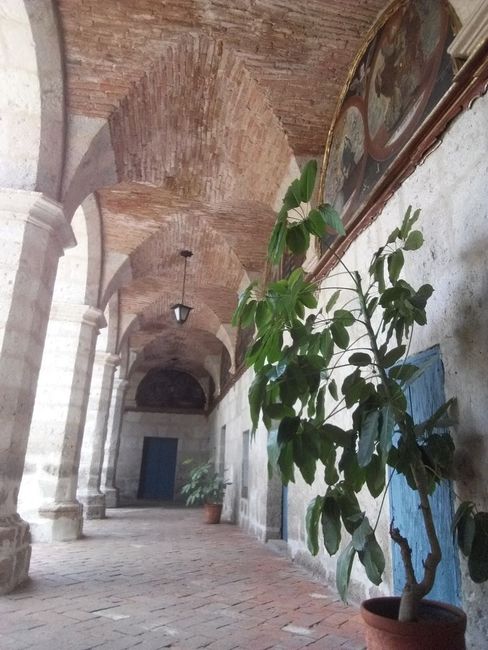
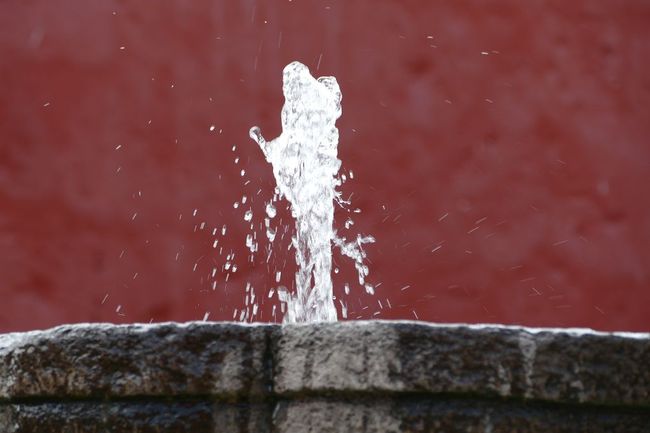
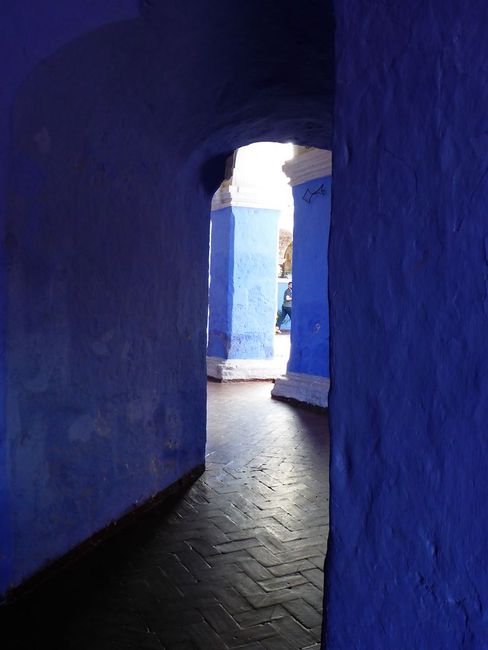
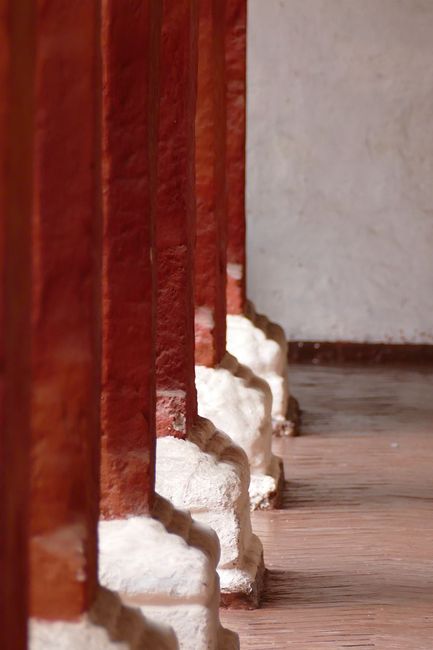
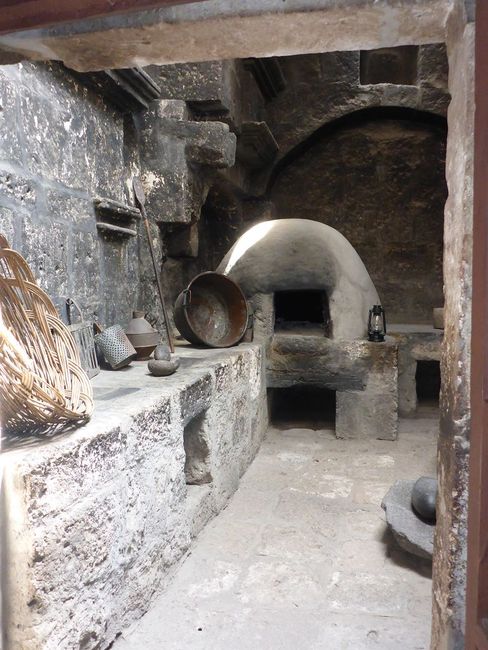
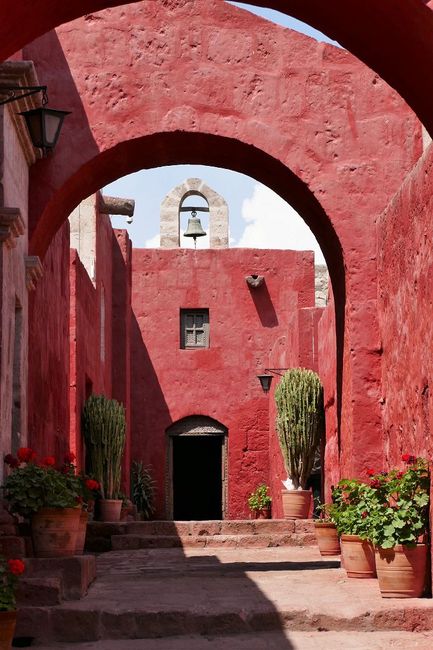
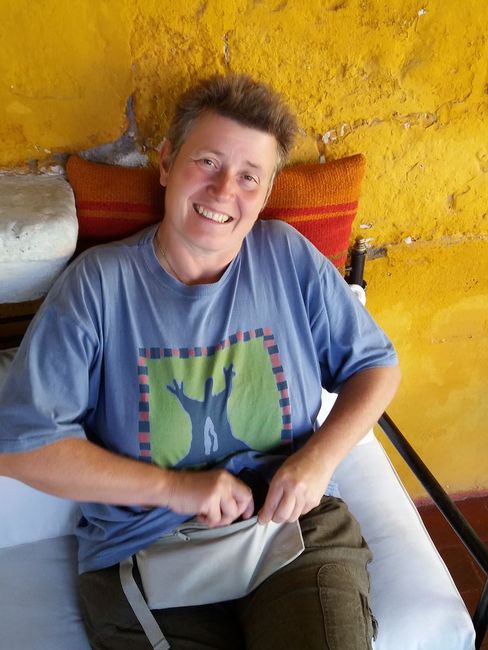
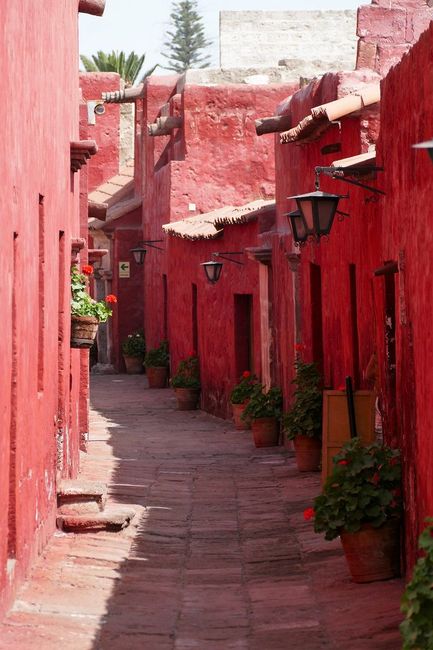
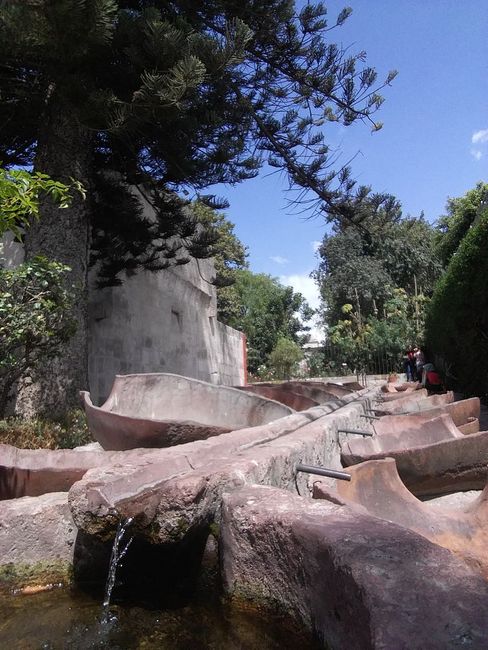
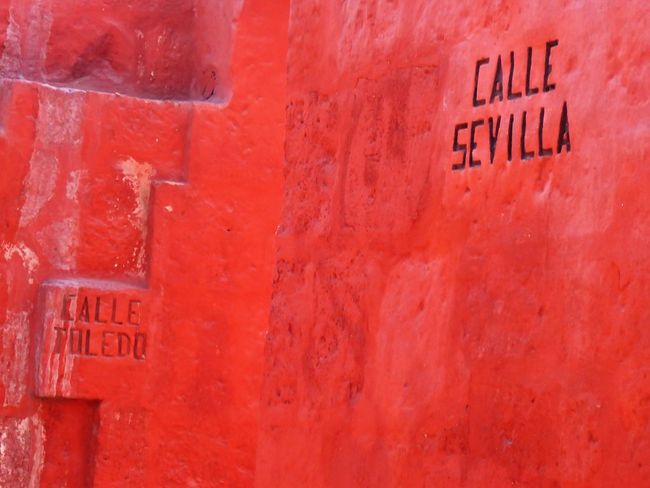
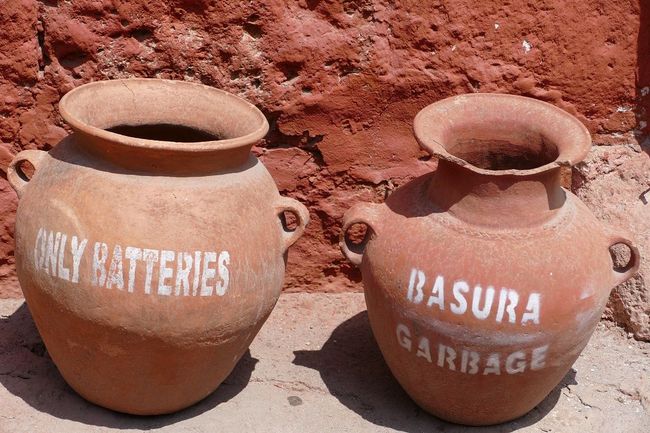
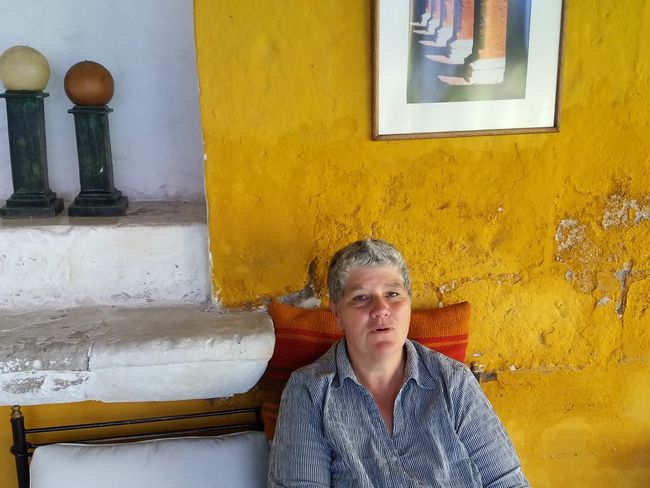
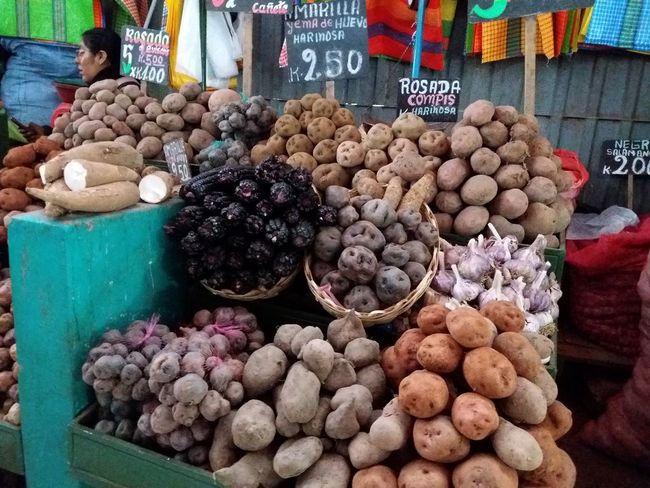
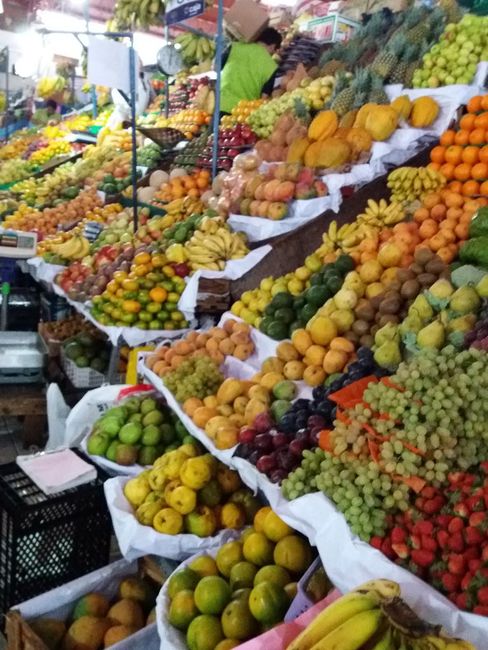
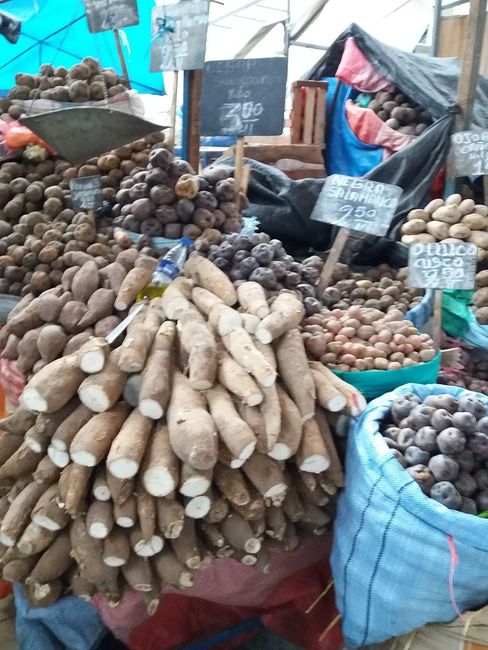
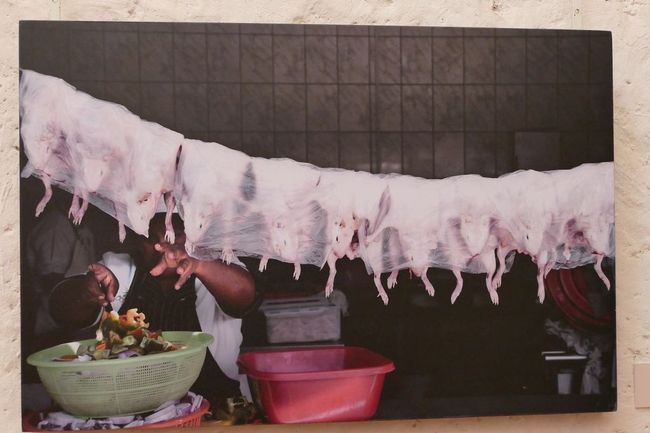
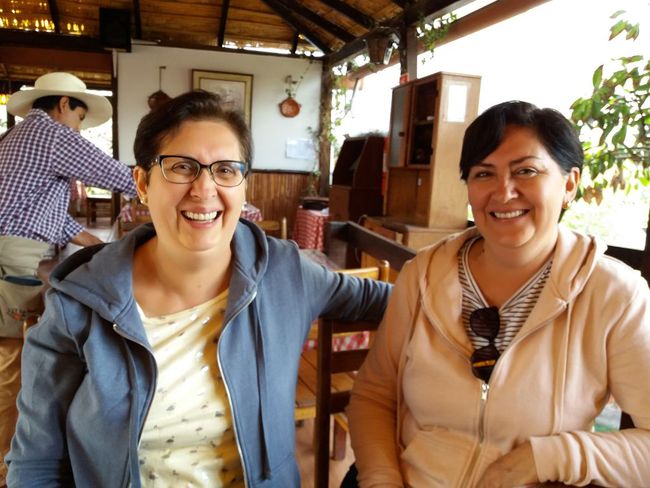
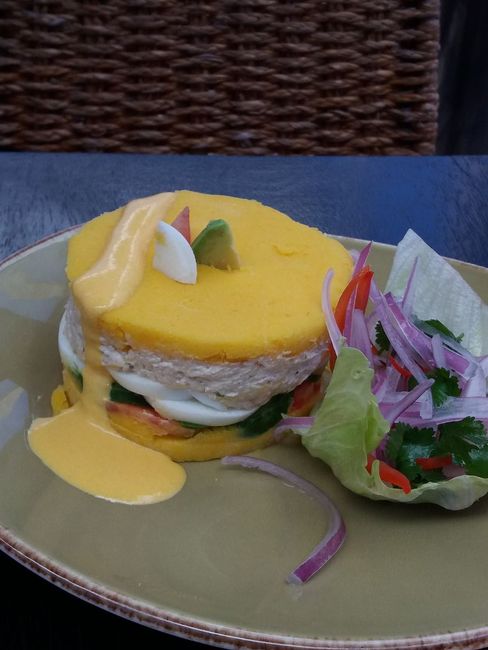
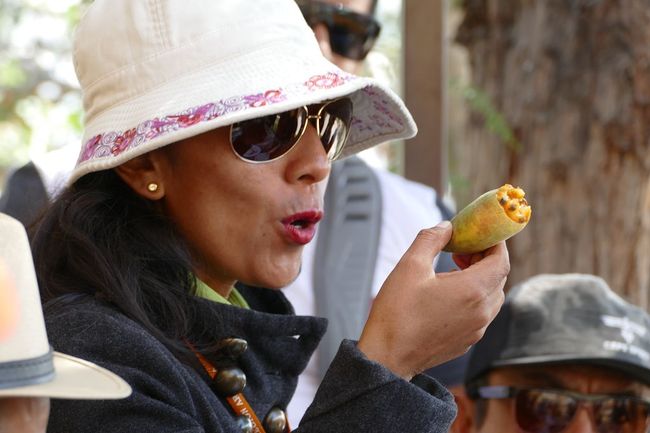
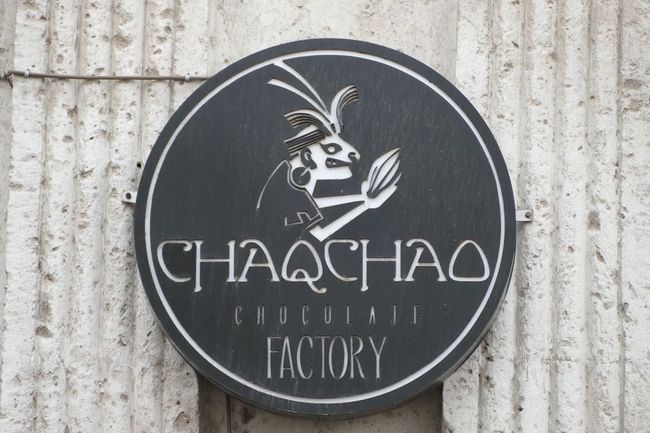
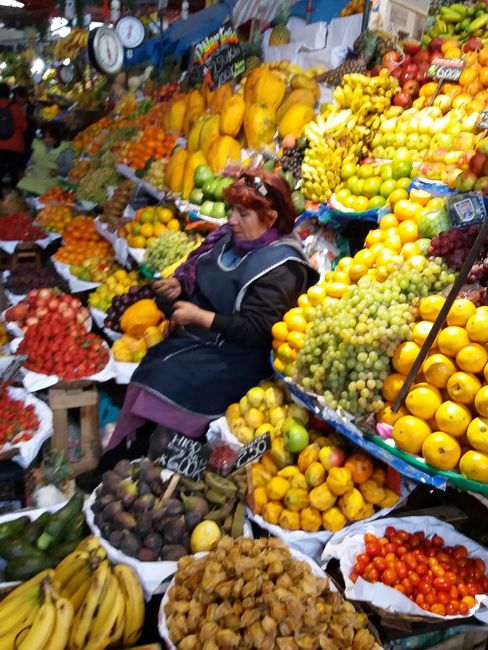
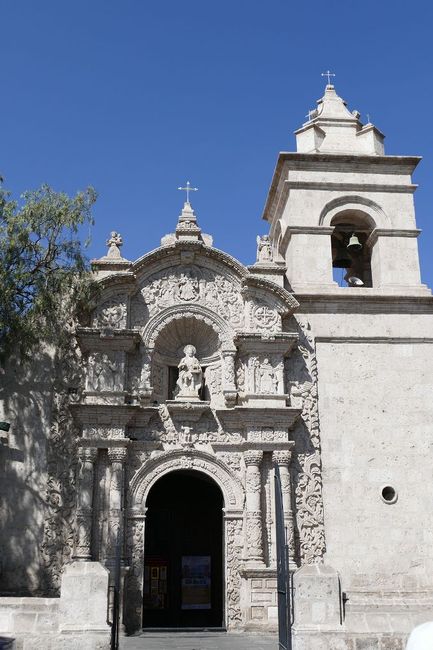
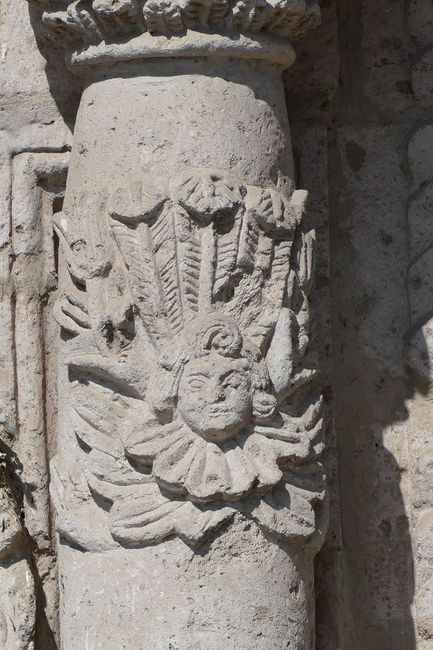
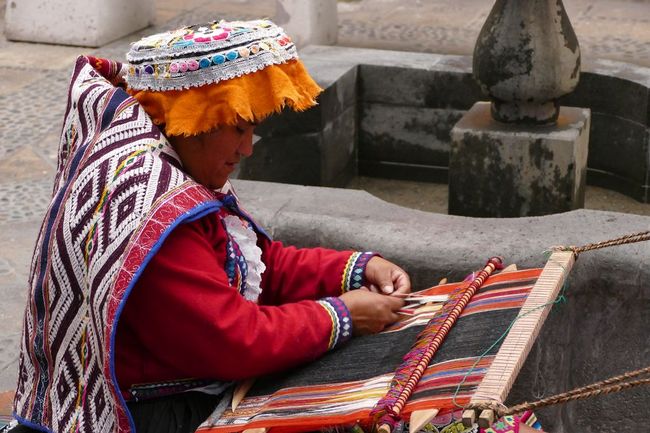
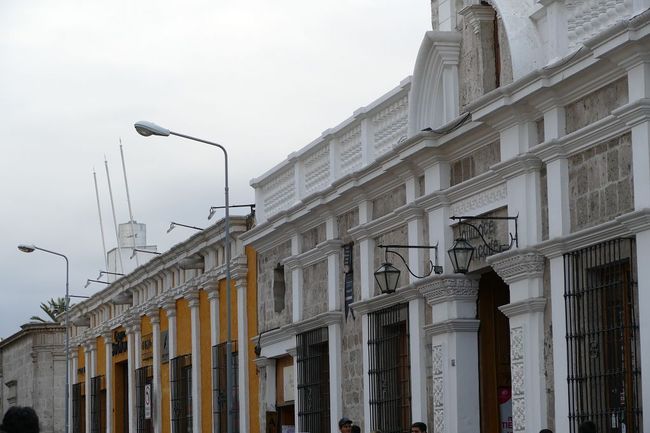
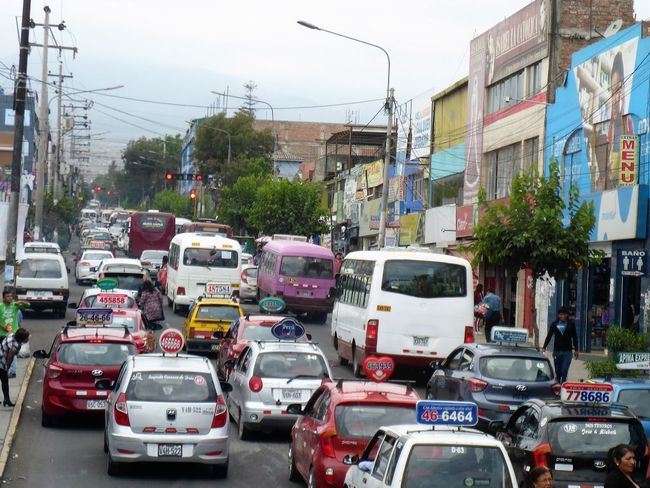
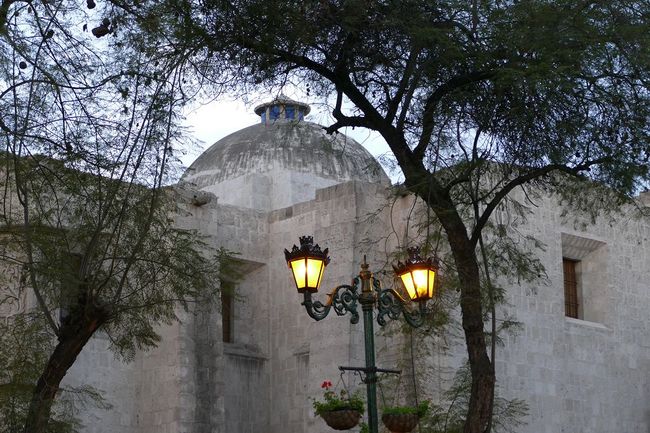
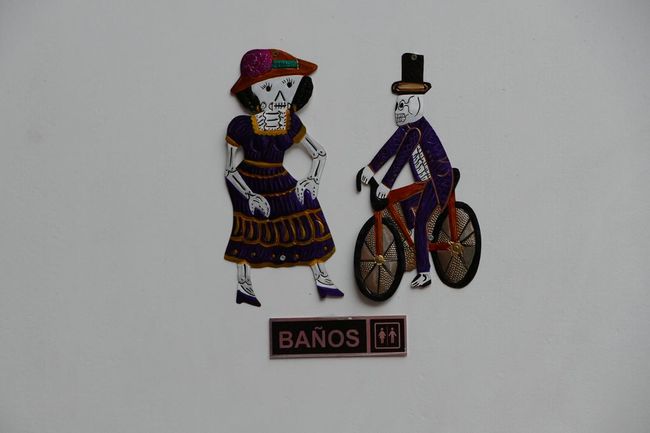
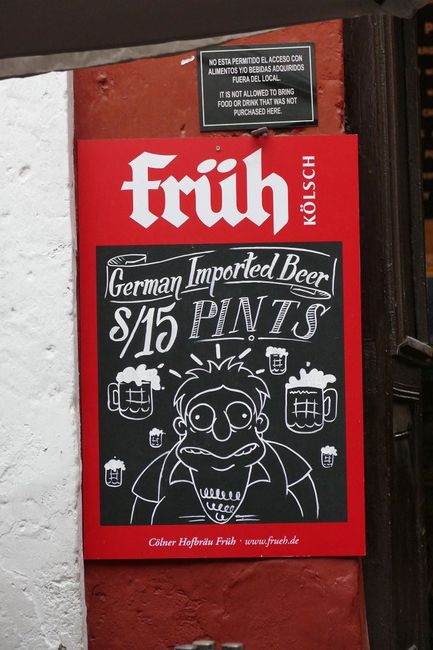
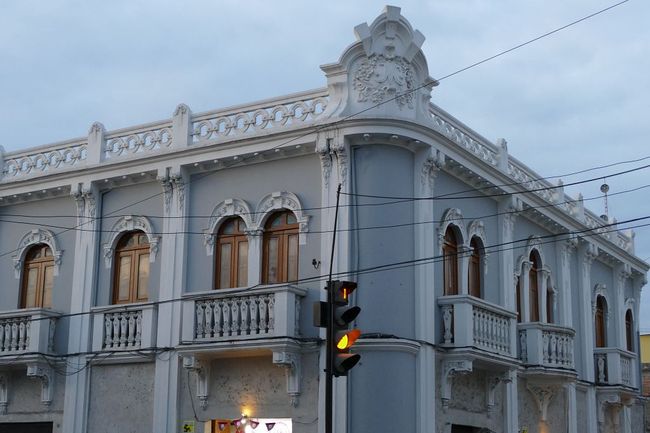
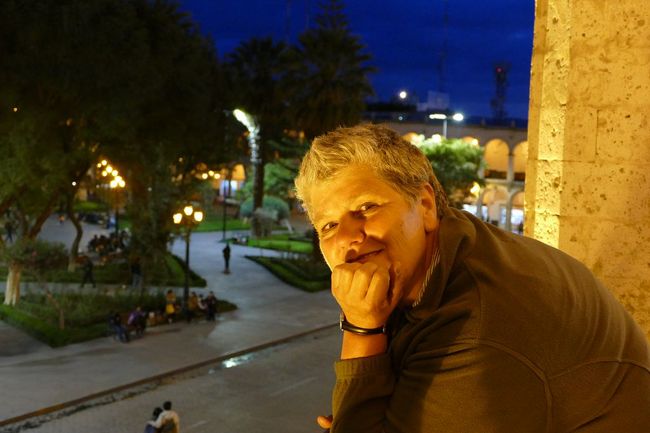
مشترک شدن در خبرنامه
We are curious but also a little skeptical. After Uruguay, Argentina, and Chile, we are now visiting the fourth and most foreign country on our tour. So far, there has been good infrastructure for campers, campsites with electricity, safe parking spots, drinkable fresh water, WiFi, and the good Infiniadiesel for our vehicle. But now, life is going to get a little more complicated. Camping is almost unknown in Peru; sometimes hostels or hotels offer their courtyard or a meadow as a camping spot. Sometimes you can stay overnight at trucker stations among the truckers, but it can get quite noisy. Alternatively, you can find a peaceful place on the beach or in the mountains. Let's see how we manage.
But first, we need to handle the border formalities. For entering Peru, we need a form in four copies for our vehicle, which can be purchased from a taxi driver or in a cantina, and a new car insurance. It's getting more complicated, but surprisingly, thanks to helpful customs officers, this border crossing goes smoothly, and after 90 minutes, we have completed everything.
The first city we head to in order to withdraw Peruvian currency and buy supplies is Tacna. We stumble upon a huge Neo-Renaissance-style cathedral in the city. It seems a bit oversized for the small town, and later we read that it was actually designed by the French company Eiffel in 1954. Opposite the church, the Arco Parabólico, in honor of the heroes of the Pacific War, also towers impressively. We haven't figured it out yet, but the city must have been full of money and self-confidence at the end of the 1950s. We withdraw some money and have our first Peruvian meal in a small restaurant.
Then we continue north. Although the Atacama officially ends, it still remains a desert landscape. The desert is often beautiful, colorful, and spectacular, but most of the time, a desert of rubble looks like an endless pile of dirt, gray and desolate. Our destination is Moquegua, where there should be an overnight option next to the police station. And we still have plenty of time because in Peru, it's two hours earlier than in Chile, so the journey should be manageable. And nobody could have guessed that the sun sets as always regardless of the local time. So, we leisurely rattle through the landscape, and just before 6:00 p.m., it is pitch dark. We still have about 30 kilometers to go through the mountains, and there is no street lighting. When we reach the city, it is buzzing with life: market stalls, street vendors, dogs, taxis, motorcycles, children, pedestrians - everything is bustling, honking, shouting, offering goods. There seems to be no rules; hesitating means losing. Later on, we get used to the completely chaotic traffic in some Peruvian cities, but on this evening, we are quickly overwhelmed by the total anarchy and the maze of one-way streets in almost complete darkness. We make sure to get out of the city again and spend the night at a petrol station, loud but safe.
The next day, we head to Arequipa, the second-largest city in Peru. Here, too, there is an incredible amount of traffic. We find a parking space in the garden of a hostel near the city center. It's quite noisy on the outskirts, but behind high walls, it's safe and equipped with sanitary facilities, and within walking distance to the city center. Arequipa is located at an altitude of around 2,300 meters above sea level, and once again, we notice how the altitude affects us. The old town from the colonial period is fantastically beautiful. The Place de Armas, with its two-story arcades made of white volcanic stone and the impressive cathedral, is considered the most beautiful square in South America, and we immediately believe it.
Another highlight of this city and unique in South America is the Santa Catalina Monastery. Like a city within the city, surrounded by thick walls, this imposing monastery is located in the historic center. In the 16th century, it was common to send the second-born daughter to a monastery, and the existing two monasteries in Arequipa were no longer sufficient. Santa Catalina was founded in 1579 and was primarily intended for the daughters of wealthy families, who lived in proper apartments with their maids. The monastery was expanded repeatedly, and today it covers an area of 20,000 square meters. It has only been open to visitors since 1970, and a handful of nuns still live here. Even though religious sites from the colonial period are not necessarily our primary interest, this monastery complex fascinates us for hours.
After so much mental nourishment, we treat ourselves to lunch at Gaston Acurio, the Peruvian celebrity chef.
Culinary-wise, Peru is the highlight of our journey. The country has a rich and diverse cuisine, skillfully integrating influences from other cultures, indulging in fresh fruits and vegetables, more than 3,000 potato varieties, seafood, herbs, and spices. Peruvian cuisine is considered one of the best in the world, along with French and Chinese cuisine, and Virgilio Martinez is currently the world's best chef from Peru. And here we are, right in the middle of it! In Arequipa, we indulge in these delights, tasting the most famous Peruvian specialties. We stroll through the city's market hall and can't get enough of stands with a dozen varieties of potatoes, exotic fruits, salads, vegetables, herbs, chickens, and seafood. We drink fresh fruit juice from fruits that we can't even pronounce and cringe at the guinea pigs that are offered for consumption. On a bus tour to the rather unspectacular sights in the surrounding area, which resembles a "pleasure cruise," we meet two lovely Peruvian women who insist on taking us to a "Picanteria," a typical lunch restaurant in Arequipa with traditional cuisine. They order a selection of the best dishes, and we eat stuffed potatoes, suckling pig, stuffed peppers with stew, "Estafado," and salad, only stopping before the cooked pig's feet. Thank you for the lovely afternoon, Helena and Petty!
We find it difficult to say goodbye to Arequipa after three days, but we have become really curious about Peru and are looking forward to discovering more of this country.
مشترک شدن در خبرنامه
پاسخ (3)
Kerstin
Die Kartoffeln und das Obst sind ja der Hammer, ich würd nur essen ☺. Das Kloster hätte mich auch sehr interessiert, tolle Fotos! Lasst es euch gut gehen in Peru! Lg Ulli
Zugegeben, es kommt aus Deutschland und nennt sich Früh Kölsch, aber ein Bier aus Deutschland wäre auch schön gewesen :-)
Und da muss man um die halbe Welt reisen, um zu erfahren, dass gute Küche keine Erfindung der Europäer ist!
Eure Bider zeigen sehr schön, wie sehr Euch Peru gefällt. Viel Spaß weiterhin!
Gruß vom UlliBarbara
Ilse: Ein toller Bericht mit vielen Höhenpunkten, wie Kathedrale, Klosteranlage und auch in kulinarischer Hinsicht. Hier geht es Euch gut!